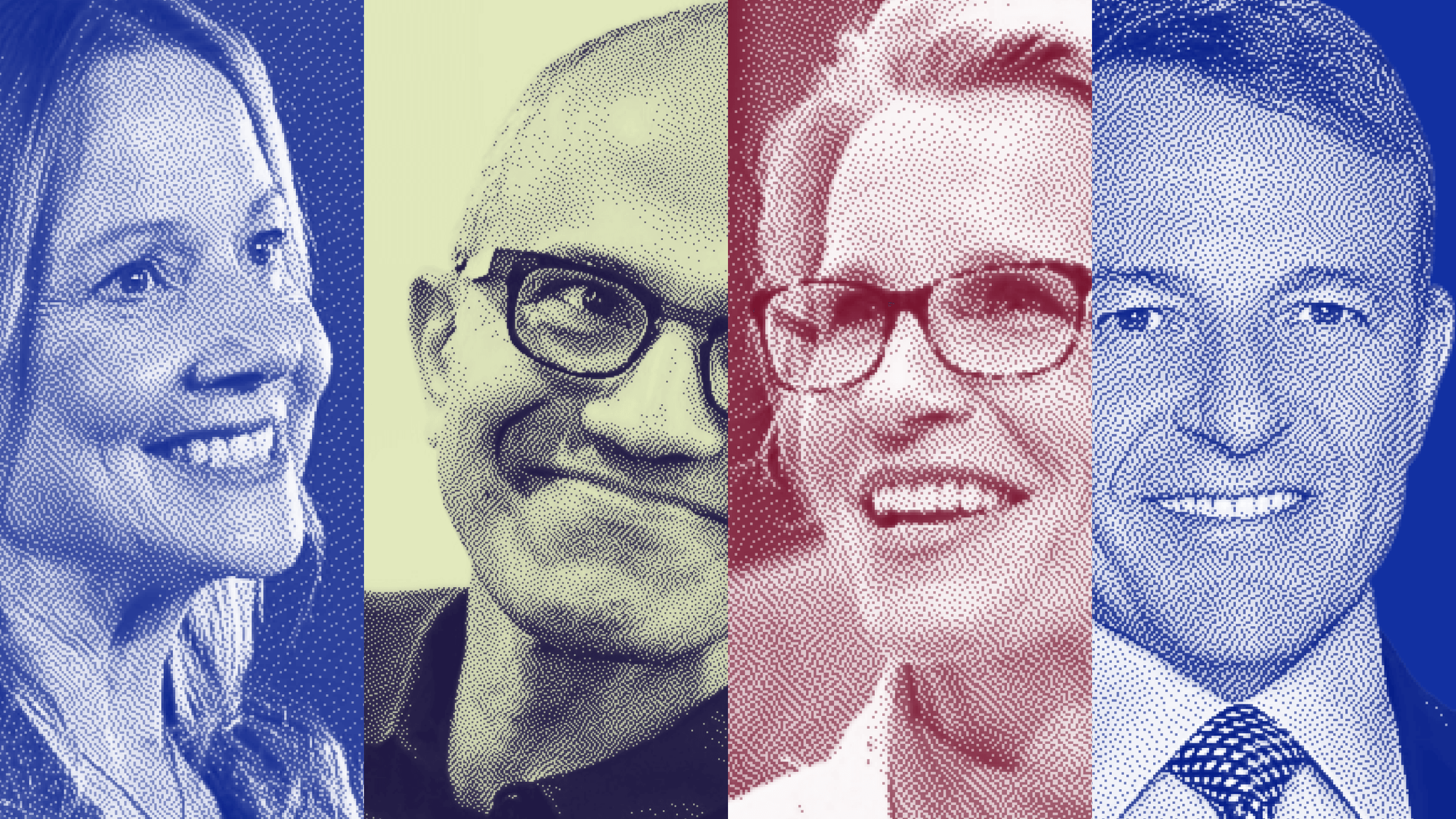The first industrial sociologist, Frenchman Frederic le Play, revolutionized business strategy by recognizing that the coal mine’s most essential asset wasn’t the raw material extracted from the mine, but the miner himself. Steve Jobs expressed a similar notion, though not exactly the same, when he said his favorite Apple product wasn’t a piece of technology, but the team of people he worked to build.
The essence of the message here is that products aren’t what help a company innovate. Investing in the human capital on which their business depends helps companies innovate. Bringing that lesson into the present day means incorporating information about the highly distributed digital landscape.
We are no longer just talking about a company’s employees. Instead, we are talking about customers who exist on a network — think Google, Amazon, Netflix, and LinkedIn — serving essential information about their habits back to the company. When Google decided to invest in their users by offering free email services, the returns were enormous in terms of both market share and awareness of their customers’ habits.
Michael Schrage: What really launched my serious research into network effects and the economics of network effects was some of the work that I was doing in human capital. And the notion that innovation isn’t just a transaction. Innovation is an investment in the human capital and capabilities and competencies and creativity of your customers. Network effects are basically how customers or users create value for each other. It’s basically an external to the individual user. So an example of a network effect would be if you and I had a phone that would be great for you and I. But a network effect is the more people who use phones, the more valuable the phone network becomes. The more valuable each other become because we can call more people and more people can call us. And heck, there may even be the opportunity to do a conference call which is another form of network effect. So network effects are basically a way that the more people participate in using a product or service, the more valuable it becomes.
There’s no such thing anymore as a non-networked organization. Now admittedly some networks are better than others but we can absolutely make the case that one of the fundamental transformations over the last 50 years is the networkification of large organizations and small organizations not just in OECD countries but all over the world. Networkification has taken over the world. It’s how do you get value from these networks. There’s a wonderful line from the first industrial sociologist, a Frenchman by the name of Frederic le Play. He was the superintendent of Ecole des Mines. And his phrase was the most important product of the mine is the miner. It’s not the coal. It’s not the metal. It’s not the tin. It’s the human capital that allows you to extract the value from the mine. So let’s update this to the twenty-first century. The most important product of the network is the networker. Not the bids, not the bytes, not the bandwidth, not the data. It’s the people and in an Internet of things age the things, the machines, the devices on the network. If we can make networkers more valuable we make our networks more valuable. And that is indeed the recipe for an Amazon, for a Google, for a Yelp, for a LinkedIn, for an AT&T, for a Netflix.
What does Google do to make customers better? It gives them the ability to search and iterate on those searches. And what does Google do? It converts those clicks into more efficient search. That’s the essence of a web 2.0 network effects company. The same holds for the Amazon recommendation engine or for Netflix. So what you’re doing is you’re making – you’re not just giving customers what they want. You’re investing in improving their capabilities. What was another way that Google did that? Google gave you for free Gmail email which enables it to learn more about your social network, what you’re interested in communicating about, et cetera. The same thing with LinkedIn. So the whole notion – that’s why LinkedIn bought a company like Lynda. Not just to improve people’s resume but to improve people’s skills.
So the notion of a network effect here is as we give our customers the ability to do more for themselves they can do more with us and on our network. So in the early days of the telephone all you could do was talk to someone. Then you could do a fax. Then you could do a conference call. Then there were these things called modems that allowed you to send email. You’re increasing the capability of the customer allowed you to get more value from the network. And indeed customers wanted to do so much you had to do what? You had to redesign the architectures and the capabilities of the network. So you have an iterative network development process here. As customer capabilities and capacities increase, you have to change the capabilities and capacities of the network, and vice versa.





